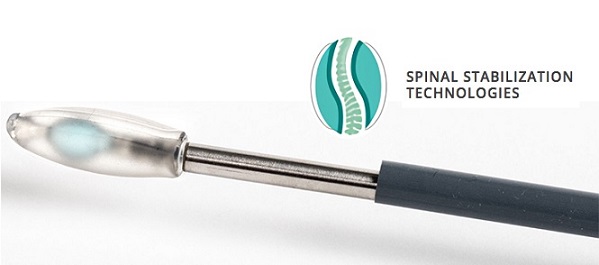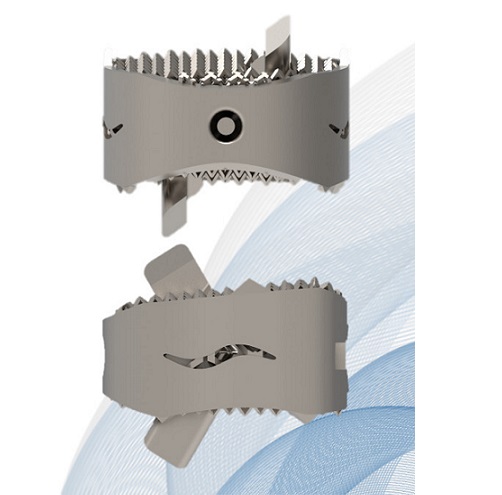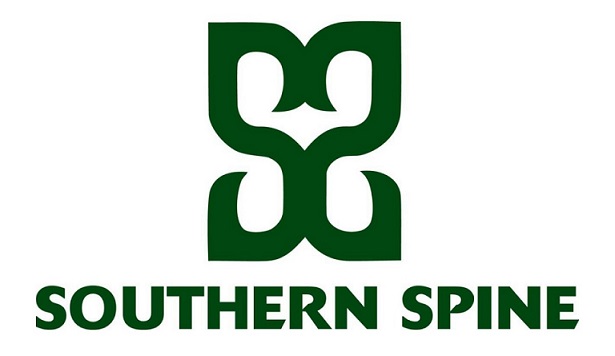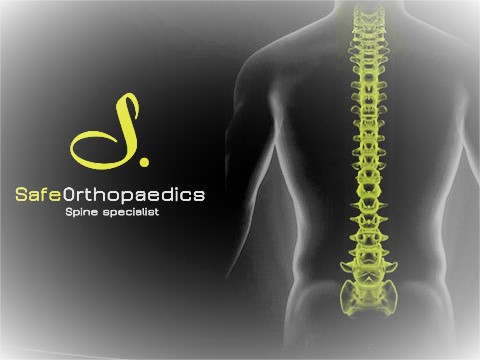KILKENNY, Ireland, May 25, 2021 /PRNewswire/ — Spinal Stabilization Technologies, Ltd. (SST), Kilkenny, Ireland announced today that it has earned the CE Mark and the FDA’s “breakthrough designation” for its PerQdisc™ Nucleus Replacement System.
PerQdisc is the only commercially available lumbar nucleus replacement system in the world. The PerQdisc device replaces the nucleus pulposus of the intervertebral disc in the L1 – S1 spinal region in patients with single-level discogenic pain. The patient may have single or multi-level degenerative disc disease (DDD) but the discogenic pain must be limited to a single level.
The PerQdisc procedure has delivered impressive pain relief when used as indicated in patients with severe, debilitating back pain. Patients with mild to moderate degenerative disc disease with severe back pain have been offered surgical treatment with spinal fusion or total disc replacement. These procedures have inherent limitations and can be associated with complications that can be difficult to manage. “Nucleus replacement with the PerQdisc is a better option for these patients,” said Michael Hess MD, Coordinating Investigator.
Many companies have tried to develop nucleus replacement devices but never fully commercialized their devices globally. “Our technology, combined with new surgical and imaging techniques, allowed SST to solve the complex challenge of lumbar spine nucleus replacement,” said Mark Novotny, SST’s CEO.
This novel procedure is a minimally invasive surgery compared to spinal fusion or a total disc replacement procedure. Our procedure is done with a small incision that minimizes the risk of blood loss and results in a custom implant that fills the patient’s disc space. Patients are usually in the hospital overnight and can go home the following day. “When used as indicated, the results are impressive and patients can have significant reductions in pain immediately after the surgery,” commented Jeff Golan, MD, SST’s Medical Director.
The PerQdisc device and the surgical procedure are not yet FDA approved. “SST is working with the FDA to develop a comprehensive clinical trial program,” adds Novotny. “As part of that process, the FDA recently designated the PerQdisc as ‘breakthrough technology.’ In the meantime, with the CE Mark approval, SST has plans to launch sales of its device in Europe, the Middle East, and Asia including China.”
About Spinal Stabilization Technologies, Ltd
Spinal Stabilization Technologies, Ltd (SST) is an Irish limited company, headquartered in Kilkenny, Ireland. Its US headquarters are located in Westminster, Colorado. SST develops novel technologies for treating patients with lumbar discogenic back pain. The company has an extensive worldwide intellectual property. The products and techniques SST develops are based on the philosophy that less invasive surgery may be associated with better clinical outcomes. These products and techniques could improve the lives of many patients that have limited options for treating their back pain. The company is focused on evidence-based medicine and plans to conduct numerous clinical trials.
For more information, physicians may visit https://www.sstspine.com/home
SOURCE Spinal Stabilization Technologies








